Study, work or travel in the UK. British
culture and life.


Early Britain (before 1066)
|
|
Study, work or travel in the UK. British
culture and life.
|
|
||
|
|
|
|
||
 |
||||
|
|
|
|
||
|
|
|
|||
 |
||||
|
Early Britain (before 1066)
|
||||
 Stonehenge, near Salisbury, Wiltshire |
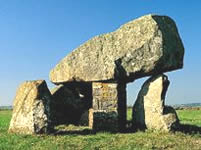 Ty Newydd, Anglesey Neolithic tomb |
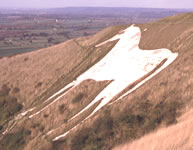 White Horse, Westbury, Wiltshire |
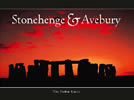 |
Stonehenge
& Avebury |
 |
Prehistoric
Britain Author: Timothy C. Darvill Publisher: Routledge Date: February 1987 |
 |
Ancient
Britain Publisher: Jarrold Publishing Date: April 2006 |
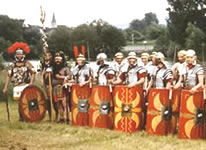 Roman soldiers (Ermine Street Guard) |
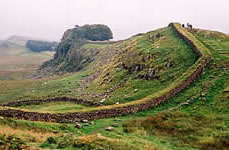 Hadrian's Wall, Northumberland |
|
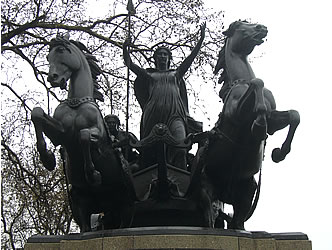 Statue of Boudicca in Westminster, London (Iceni tribe leader who revolted against Roman rule) |
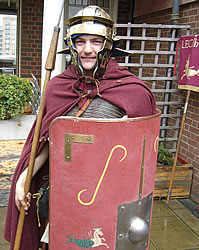 Roman soldier |
 |
Roman
Britain |
 |
An
Atlas of Roman Britain Authors: Barri Jones, David Mattingly Publisher: Oxbow Books Date: February 2002 |
| Roman
Cookery: Recipes and History Author: Jane Renfrew Publisher: English Heritage Publications Date: April 2004 |
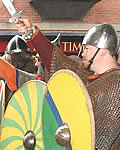 Vikings (at the Jorvik Viking Centre) |
 King Alfred, Winchester |
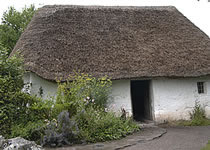 Celtic hut (Museum of Welsh Life, St Fagans) |
 |
Saxons
and Vikings |
 |
The
Celts Publisher: Pitkin Guides Date: February 2003 |
 |
Romans,
Celts and Vikings 700 BC - AD 1065 |
 |
Early
Britain 500,000 BC - AD 1154 Publisher: Kingfisher Books Date: May 2002 |
 |
Life
in Britain and Ireland Before the Romans Author: Francis Pryor Publisher: HarperCollins Date: September 2003 |
Britain
in the First Millennium: From Romans to Normans Author: Edward James Publisher: Arnold Date: December 2000 |
|
|
|